My Tree Has Bad Soil – How To Improve Soil Around An Established Tree
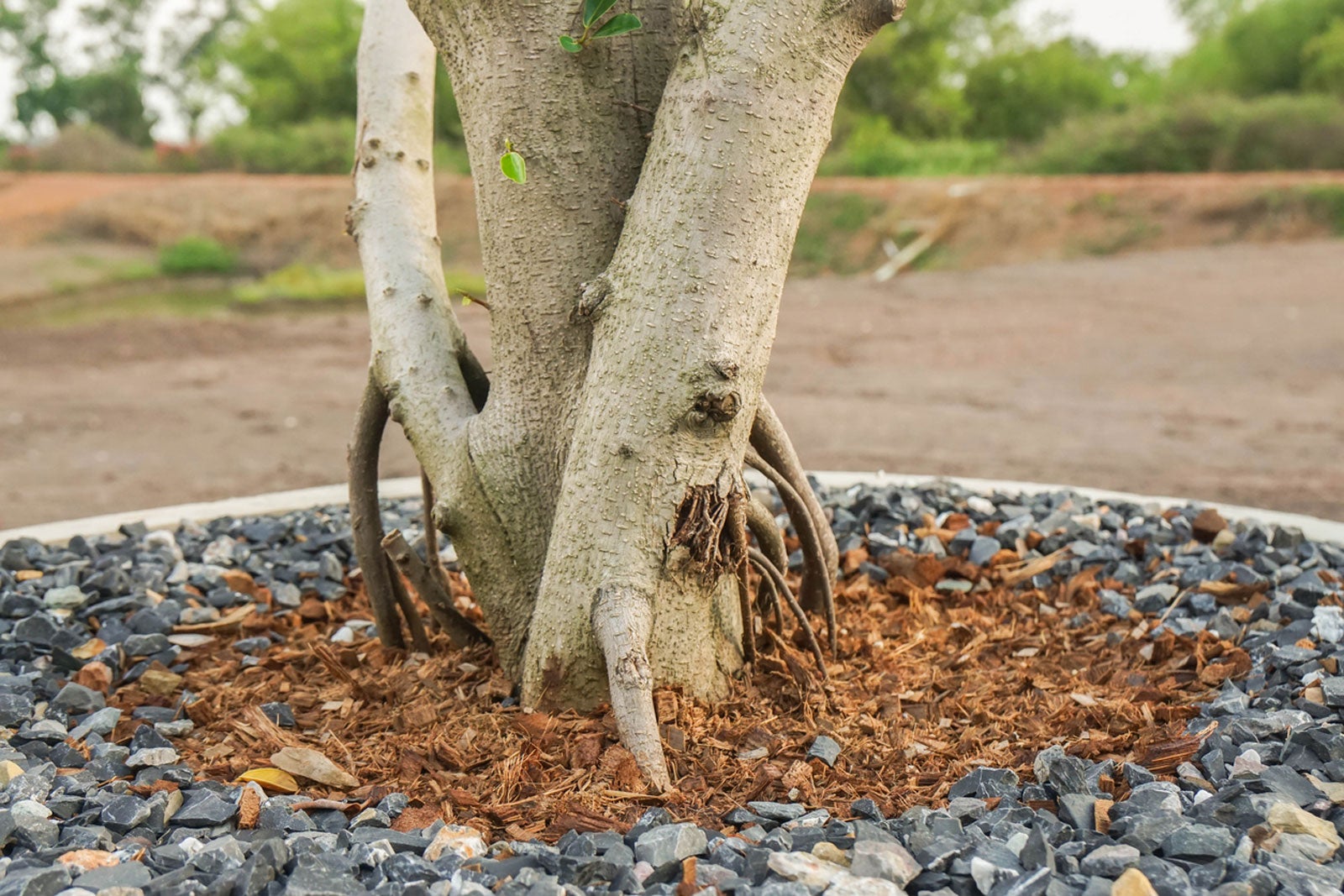
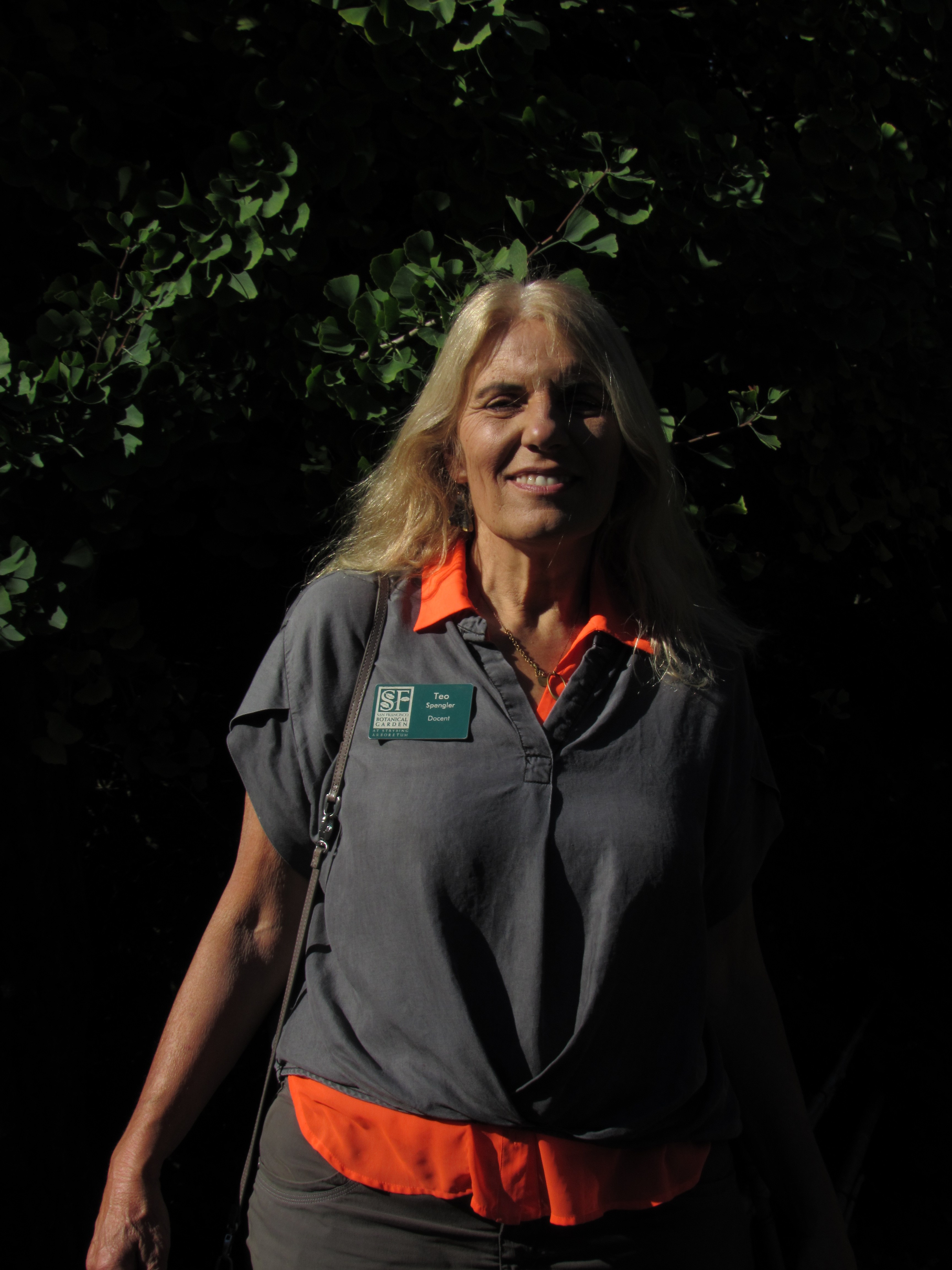
When trees aren’t thriving in a backyard, homeowners – and even some arborists – tend to focus their attention on the cultural care the tree is getting and pest or disease issues. The vital role the soil plays in a tree’s health can easily be overlooked.
When a tree has bad soil, it cannot establish roots and grow well. That means that improving soil around trees can be the most important part of tree care. Read on for information about the effects of compacted soil around trees and tips on how to improve the soil around an established tree.
If Your Tree Has Bad Soil
A tree’s roots uptake water and nutrients that allow the tree to produce energy and grow. Most of a tree’s absorptive roots are in the topsoil, to a depth of about 12 inches (30.5 cm.). Depending on the tree species, its roots can extend far beyond the tree canopy dripline.
If a tree has bad soil, that is, soil that is not conducive to root growth, it won’t be able to function. One particular problem for urban trees is compacted soil around trees. Soil compaction has a very negative impact on the health of trees, stunting or preventing growth and leading to pest damage or diseases.
Construction work is the number one cause of soil compaction. Heavy equipment, vehicular traffic, and excessive foot traffic can press down the soil, especially when it is clay-based. In compacted clay soil, the fine soil particles get tightly packed. The dense soil structure prevents root growth and limits air and water flow.
How to Improve Soil Around an Established Tree
It is easier to avoid soil compaction from construction work than it is to correct it. Using thick, organic mulch over root zones can protect a tree from foot traffic. The thoughtful design of a worksite can direct traffic away from established trees and make sure that the root zone is not disturbed.
However, improving compacted soil around an established tree is another matter. For treatments to be effective, you have to address all of the problems that compaction causes: soil too dense to allow roots to penetrate, soil that does not hold water or allow it to enter, and poor quality soil without many nutrients.
Gardening tips, videos, info and more delivered right to your inbox!
Sign up for the Gardening Know How newsletter today and receive a free copy of our e-book "How to Grow Delicious Tomatoes".
If you are wondering how to improve the soil around an established tree, you are not alone. Many arborists have come up with techniques to treat compacted soil, but few of these are effective.
Two simple things you can do to start improving soil around trees are mulching and irrigation:
- Apply a 2- to 4-inch (5-10 cm.) layer of organic mulch a few inches (7.5 cm.) from the trunk to the drip line and reapply as necessary. The mulch immediately conserves soil moisture. Over time, mulch protects against further compaction and enriches the soil with organic matter.
- Proper amounts of irrigation are essential to a tree’s development but hard to determine when the soil is compacted. Use a moisture sensing device and an irrigation system to provide optimum moisture without the risk of excessive irrigation.

Teo Spengler is a master gardener and a docent at the San Francisco Botanical Garden, where she hosts public tours. She has studied horticulture and written about nature, trees, plants, and gardening for more than two decades. Her extended family includes some 30 houseplants and hundreds of outdoor plants, including 250 trees, which are her main passion. Spengler currently splits her life between San Francisco and the French Basque Country, though she was raised in Alaska, giving her experience of gardening in a range of climates.
-
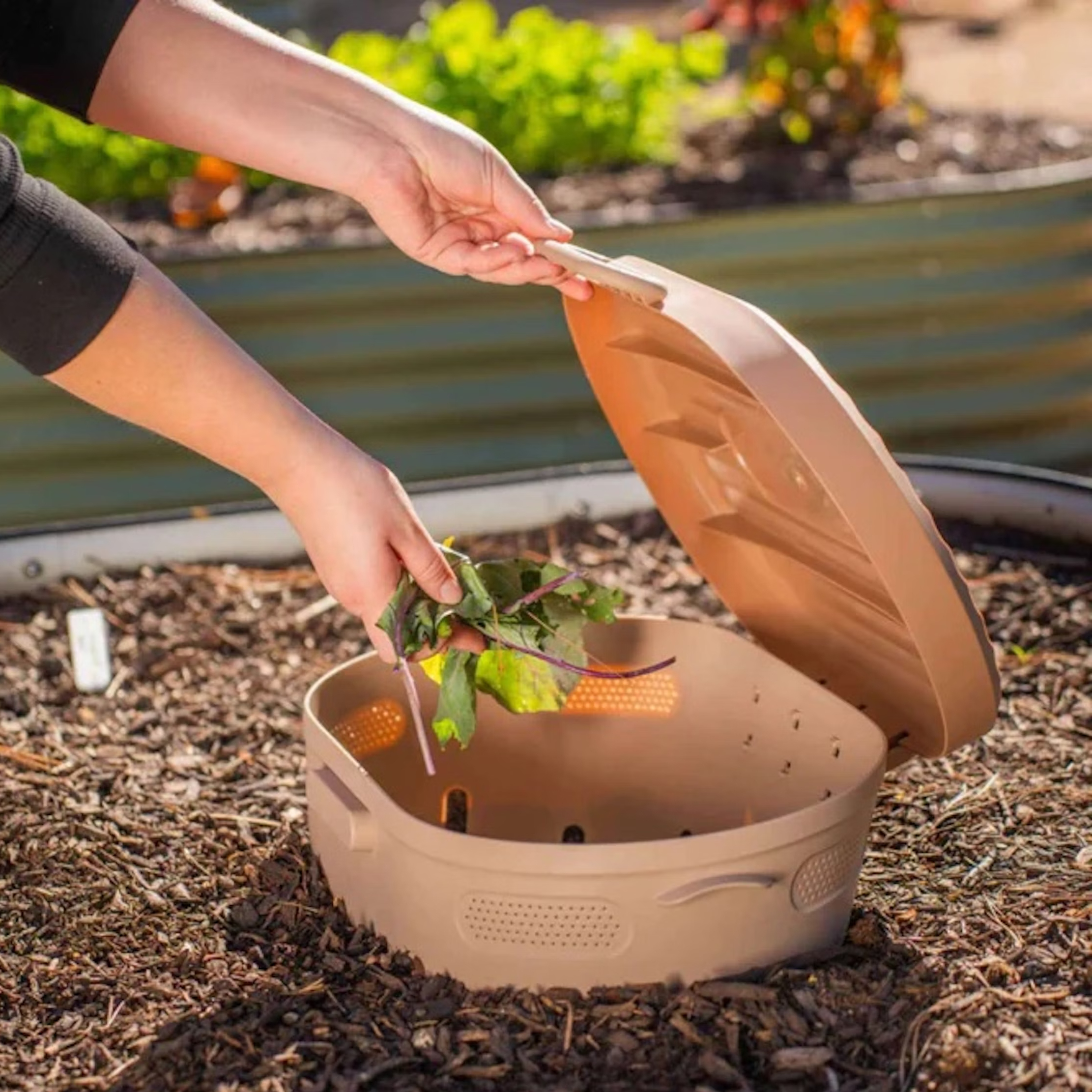 Try The Trend – Turn Any Bed Into A Keyhole Garden With This Clever In-Ground Composter
Try The Trend – Turn Any Bed Into A Keyhole Garden With This Clever In-Ground ComposterKeyhole gardening is an efficient and sustainable practice that saves space. Get started on this DIY project quickly and easily with an in-ground composter.
By Bonnie L. Grant
-
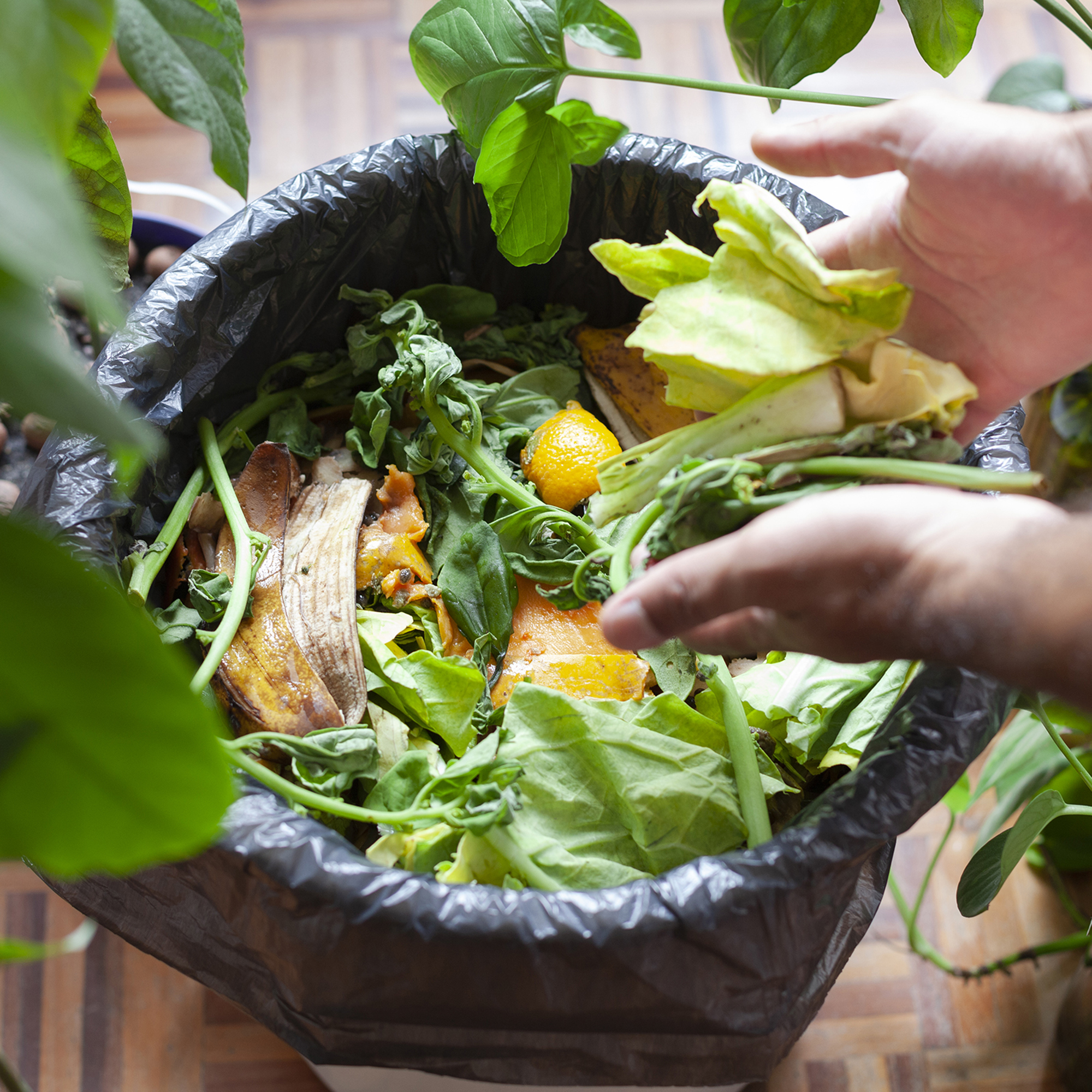 4 Superfast Composting Methods: Turn Waste Into Garden Gold In 30 Days Or Less
4 Superfast Composting Methods: Turn Waste Into Garden Gold In 30 Days Or LessTry the fastest composting methods to turbocharge your pile and transform kitchen scraps and garden waste into finished compost in just a few weeks.
By Mary Ellen Ellis
-
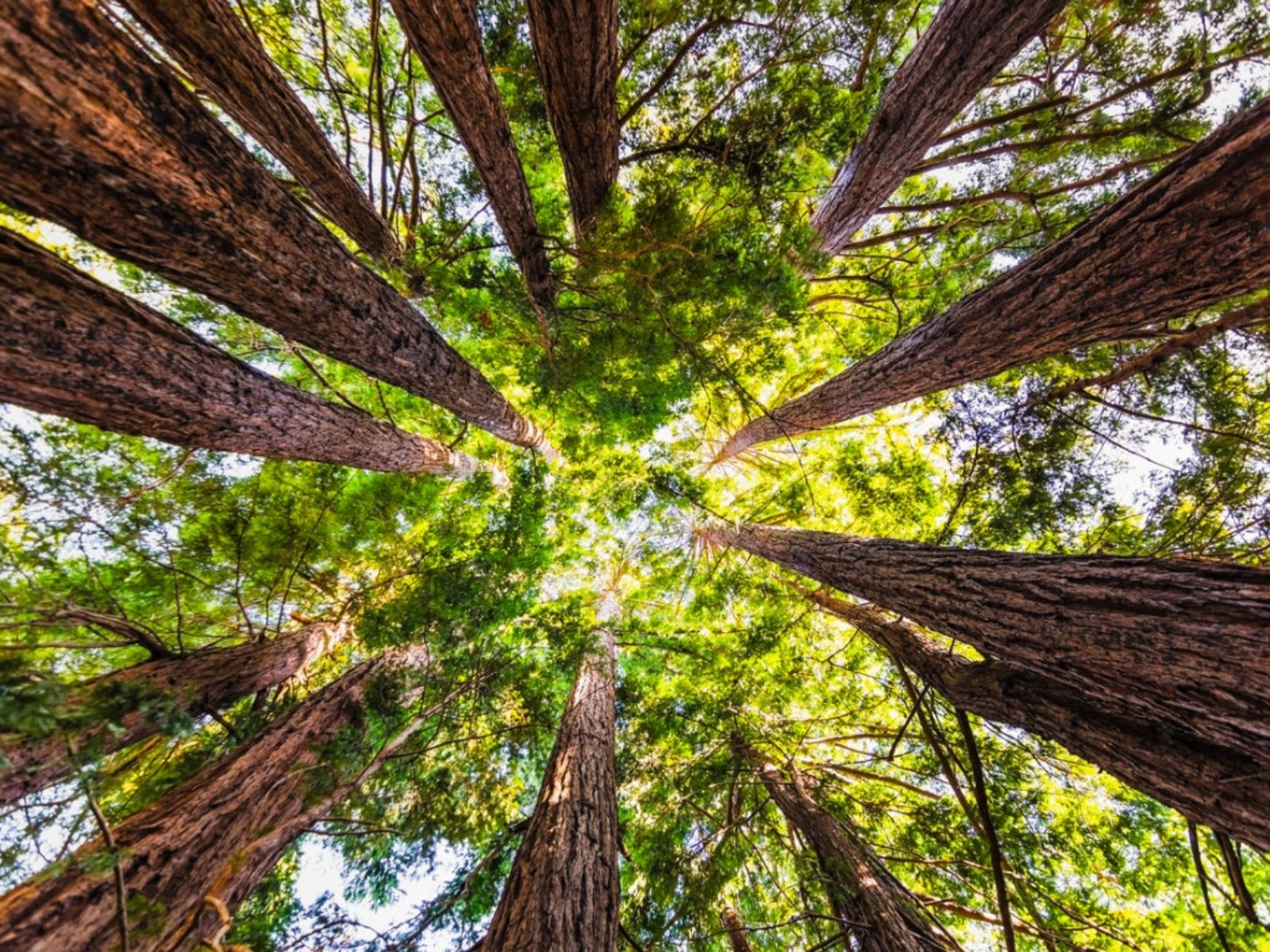 Best Trees For Carbon Sequestration And Climate Change
Best Trees For Carbon Sequestration And Climate ChangeLet’s keep planting trees. They are our best bet for capturing carbon and may help with our global warming issues.
By Teo Spengler
-
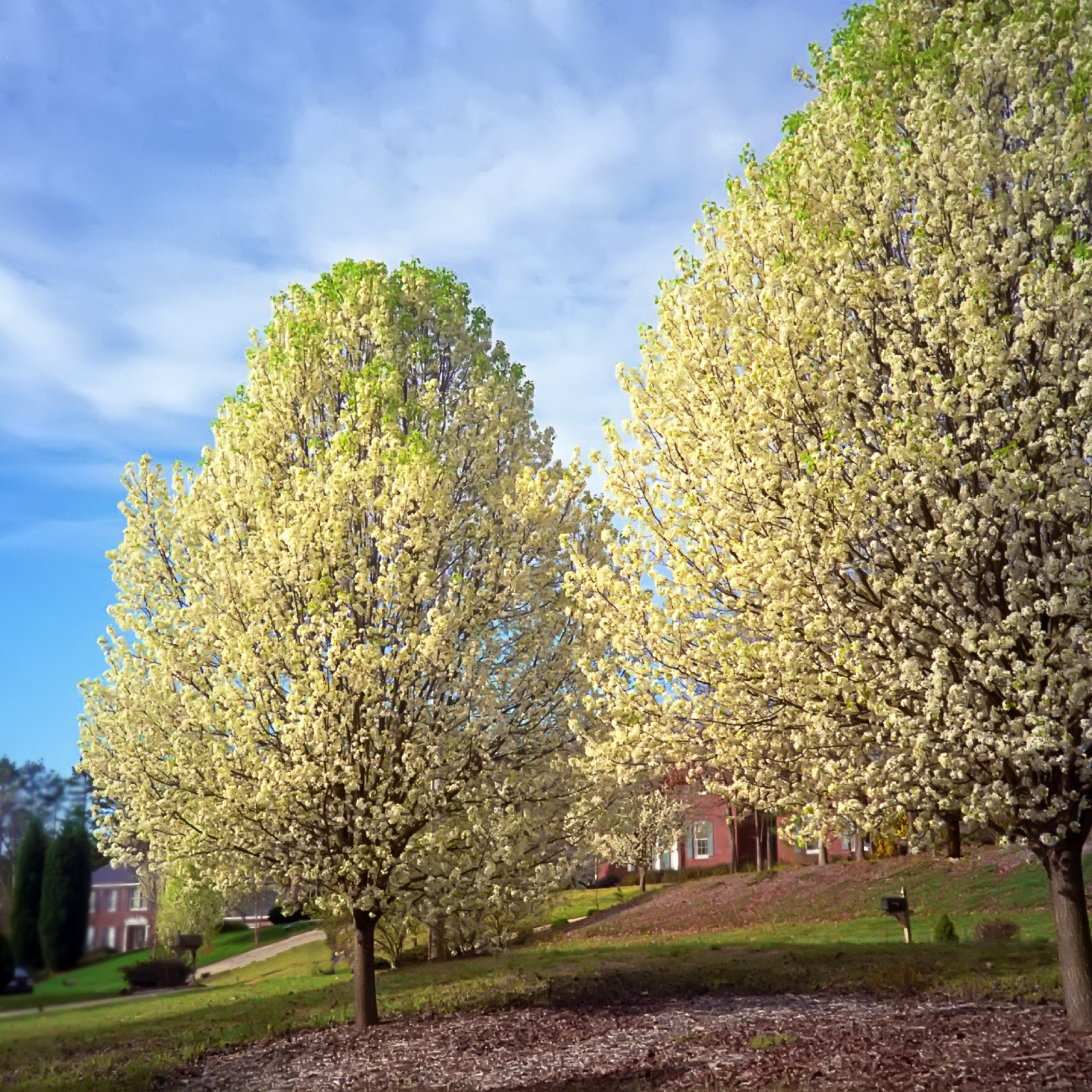 7 Invasive Trees You Should Never Plant In Your Yard Or Garden
7 Invasive Trees You Should Never Plant In Your Yard Or GardenWhat are some invasive trees you should never plant in your yard? Click here to find out.
By Teo Spengler
-
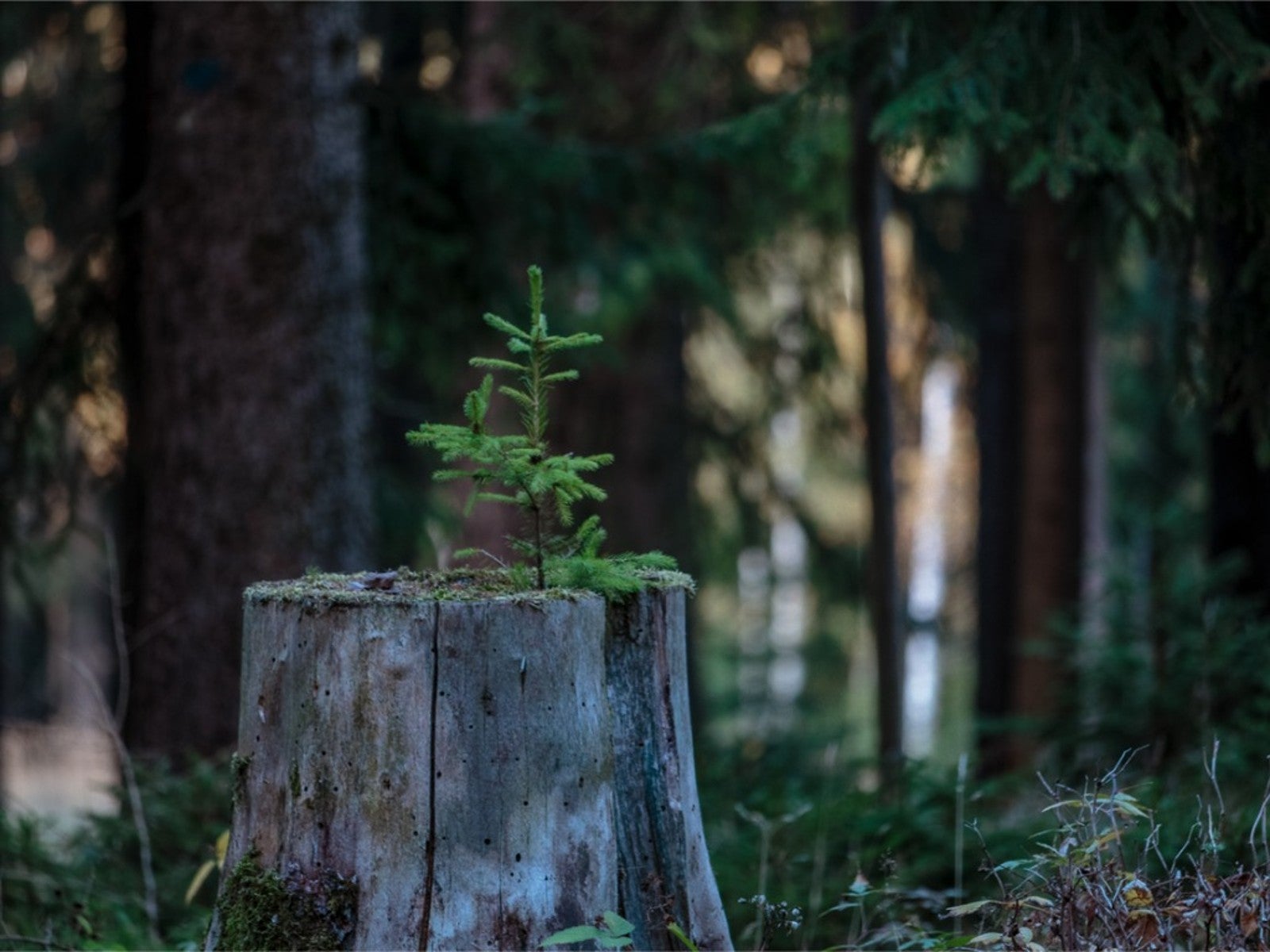 How Close Can You Plant A Tree To A Stump?
How Close Can You Plant A Tree To A Stump?Looking to plant new trees near old stumps or where stumps have been removed? Click here to learn how.
By Teo Spengler
-
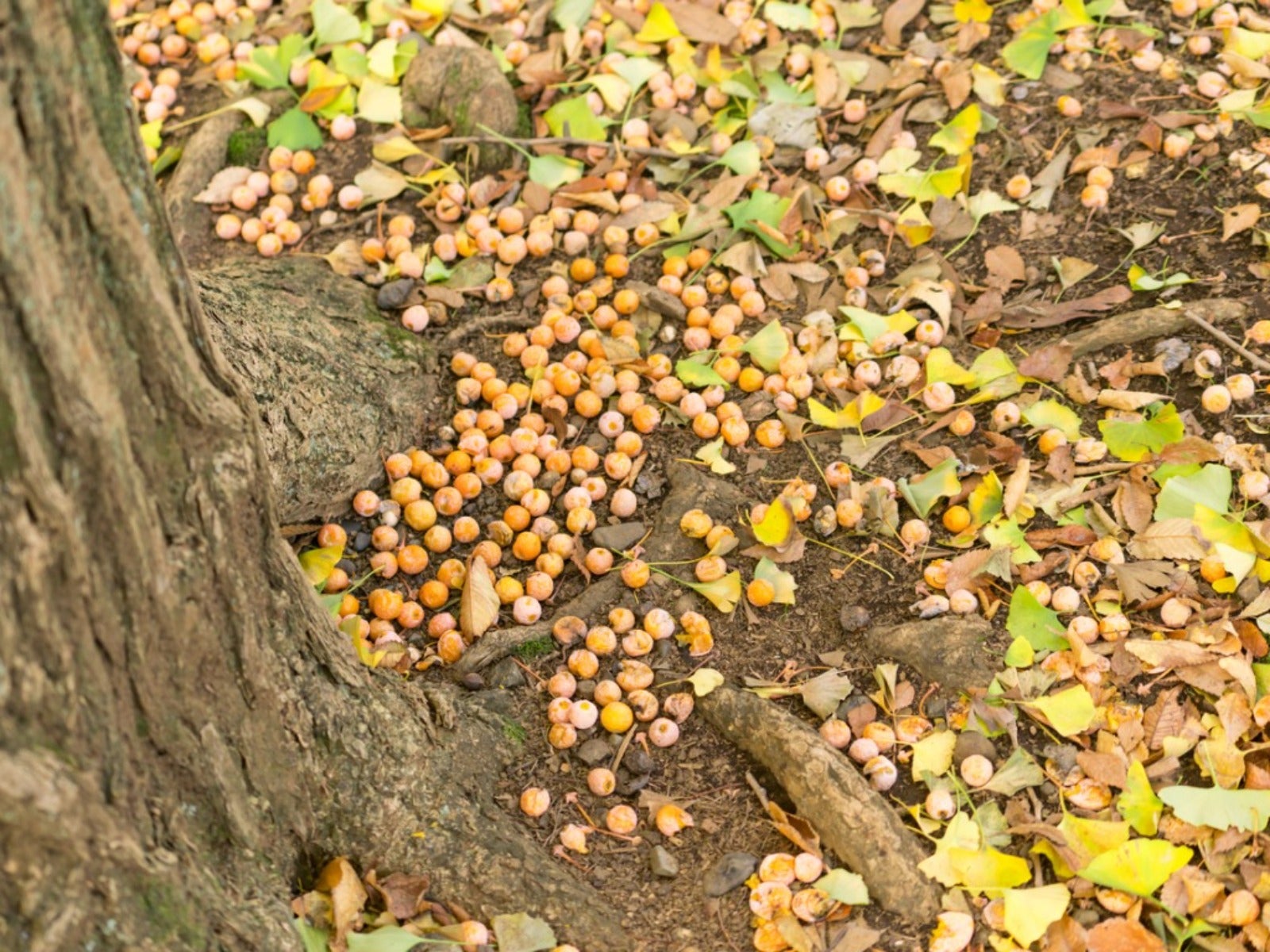 Messiest Trees That Drop Debris Everywhere
Messiest Trees That Drop Debris EverywhereWant to know which trees will create the biggest messes in your home landscape? Click here to find out.
By Amy Grant
-
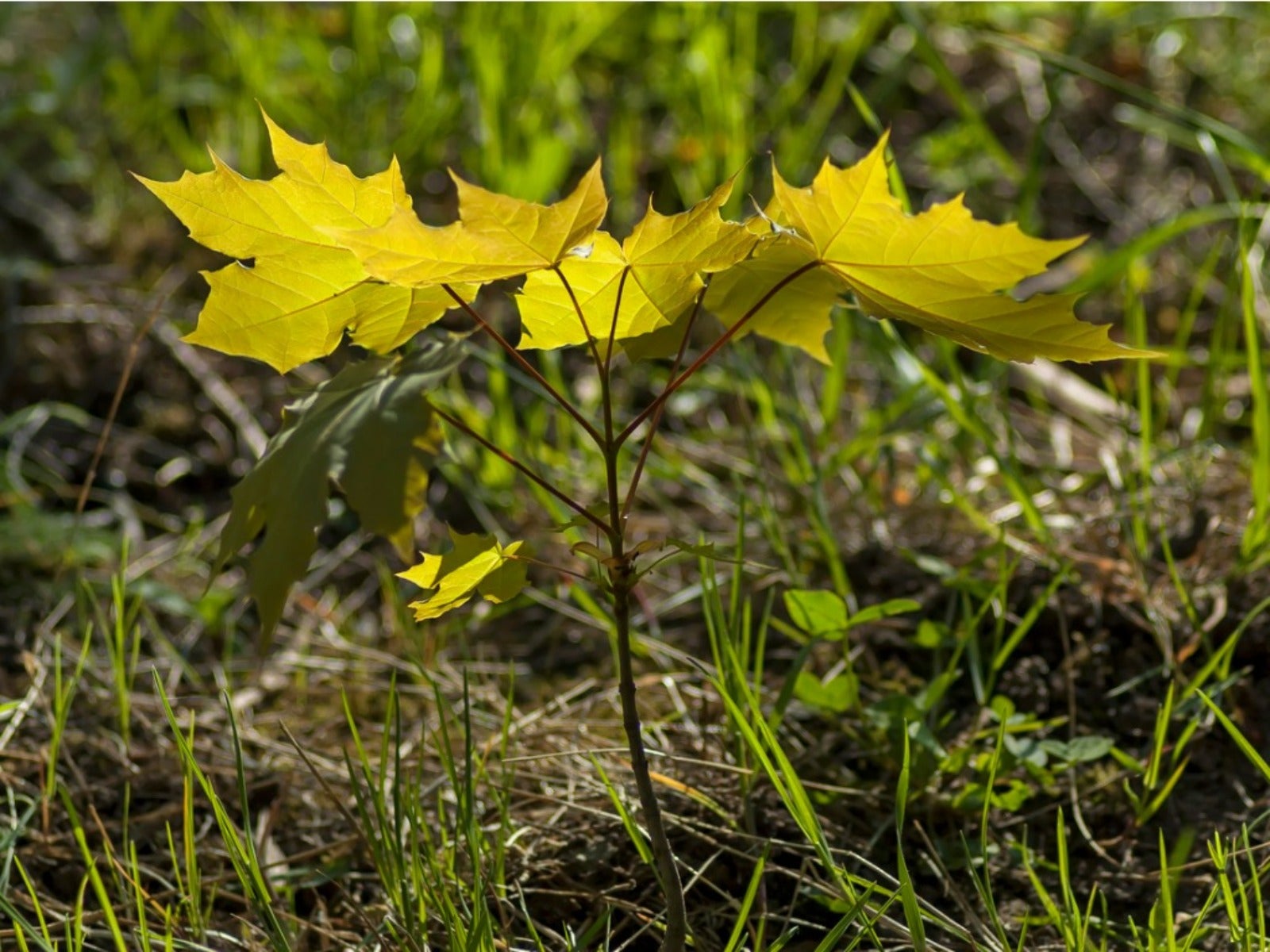 How To Get Rid Of Tree Sprouts In The Yard From Nearby Trees
How To Get Rid Of Tree Sprouts In The Yard From Nearby TreesLearn the simple way to keep pesky tree seedlings in your lawn from becoming saplings.
By Teo Spengler
-
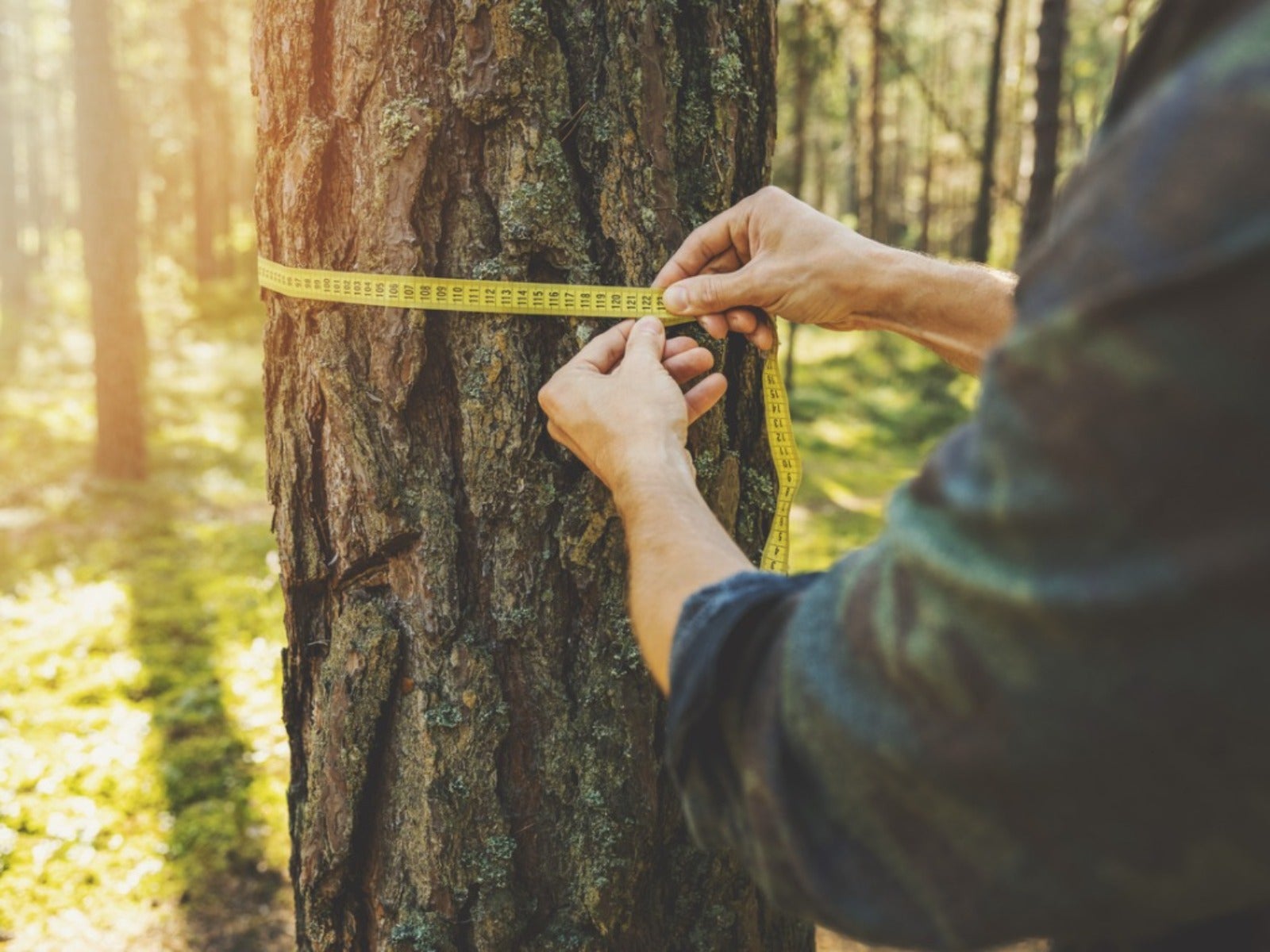 How To Tell How Old A Tree Is
How To Tell How Old A Tree IsEver wondered how to calculate the age of a tree? Click here to learn all about it.
By Teo Spengler
-
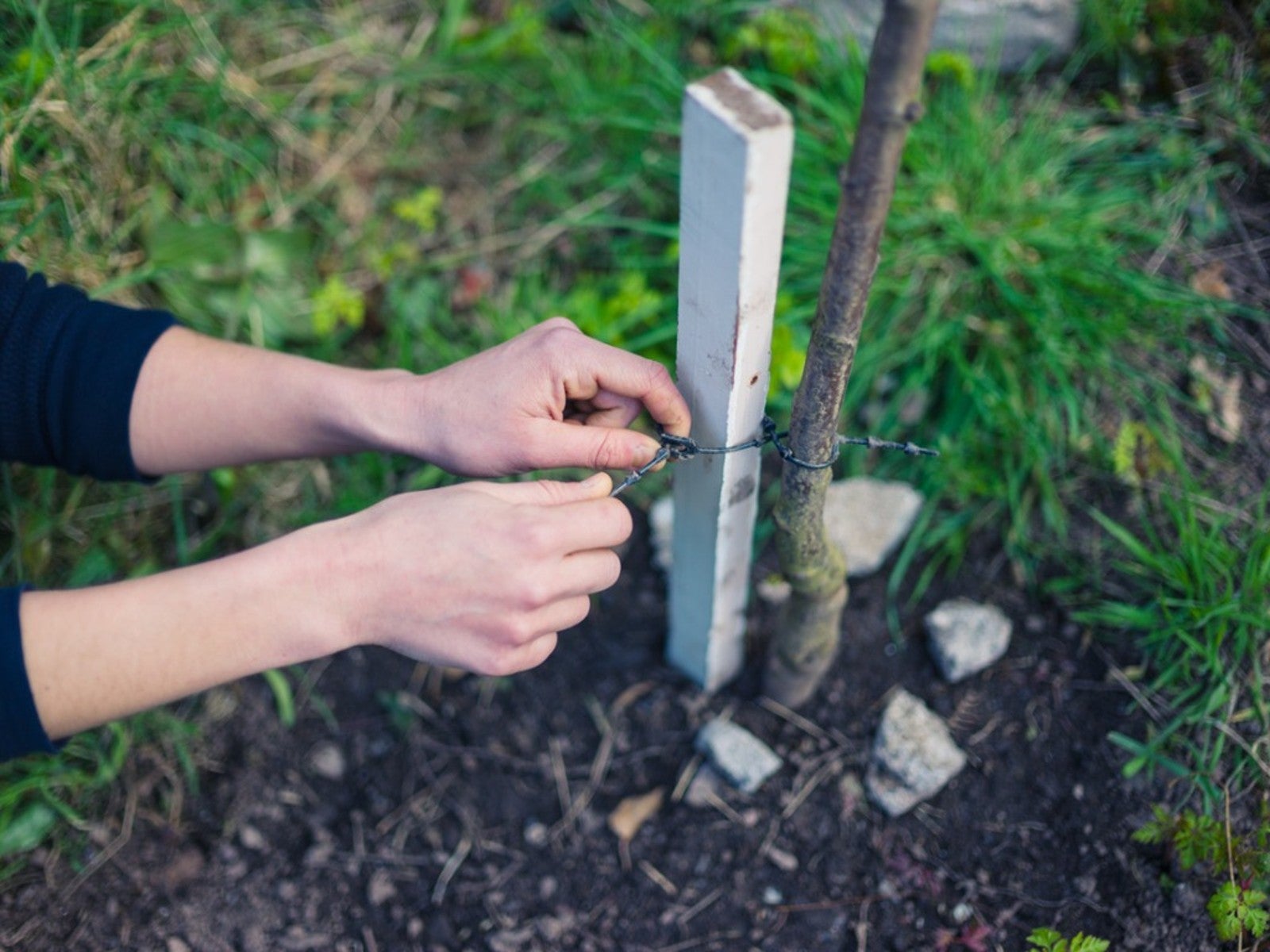 When To Remove Tree Stakes From Saplings
When To Remove Tree Stakes From SaplingsA newly planted tree may grow strong when it’s staked, but don’t forget to remove the stakes when it’s stable.
By Teo Spengler
-
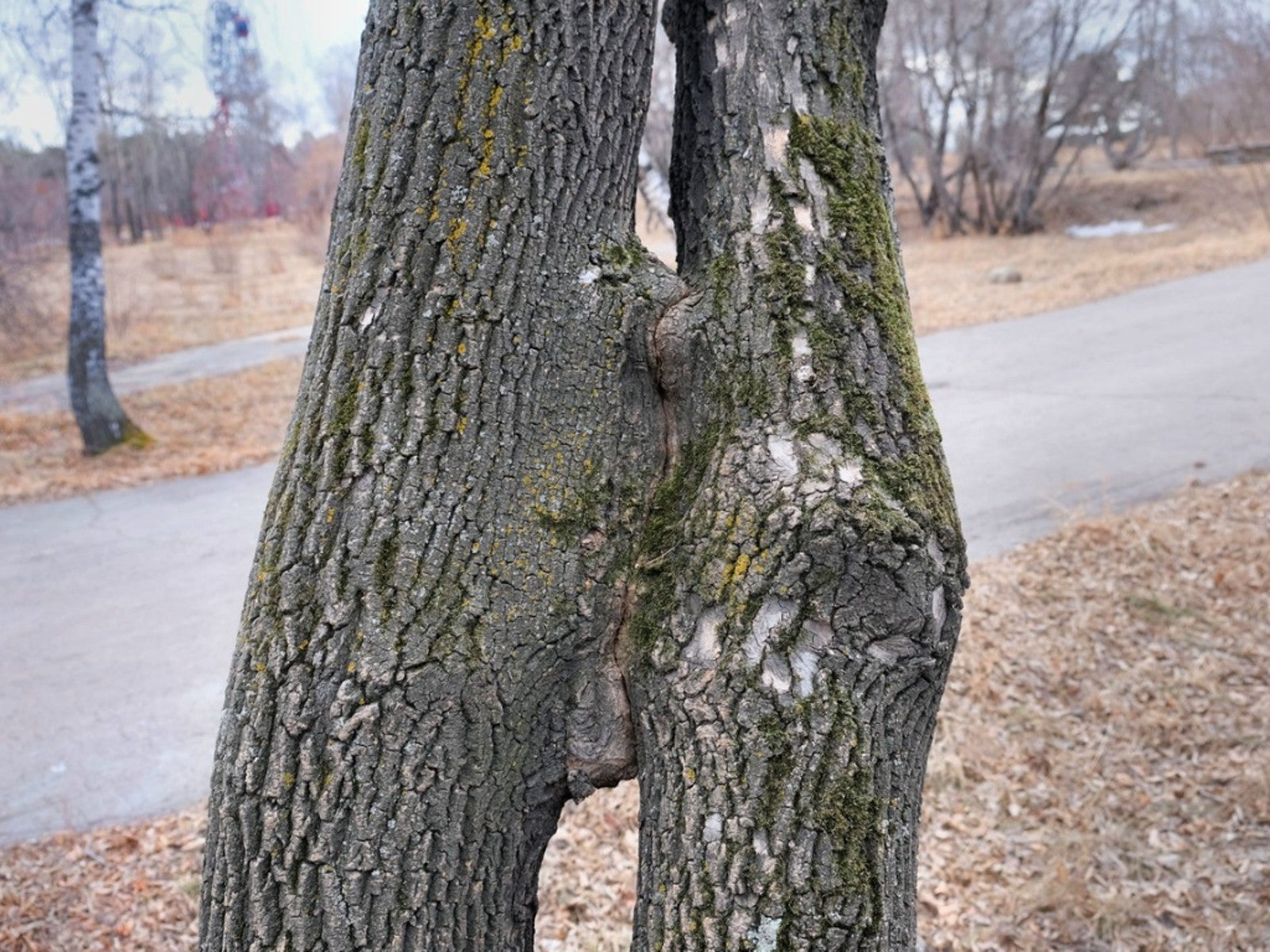 Inosculation And Trees Growing Together
Inosculation And Trees Growing TogetherIf you ever see two trees that have bonded and grown together, read here to learn why and how it happens.
By Teo Spengler